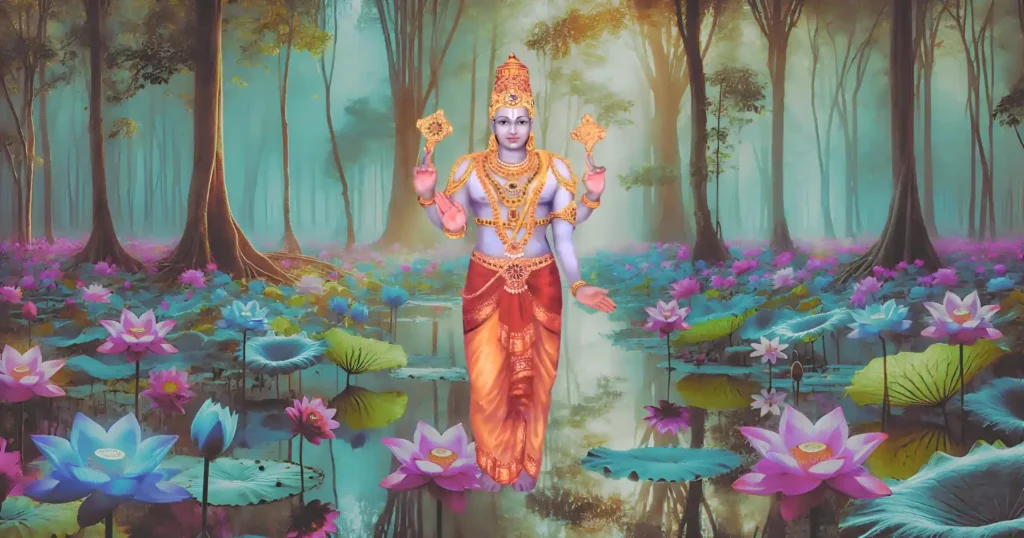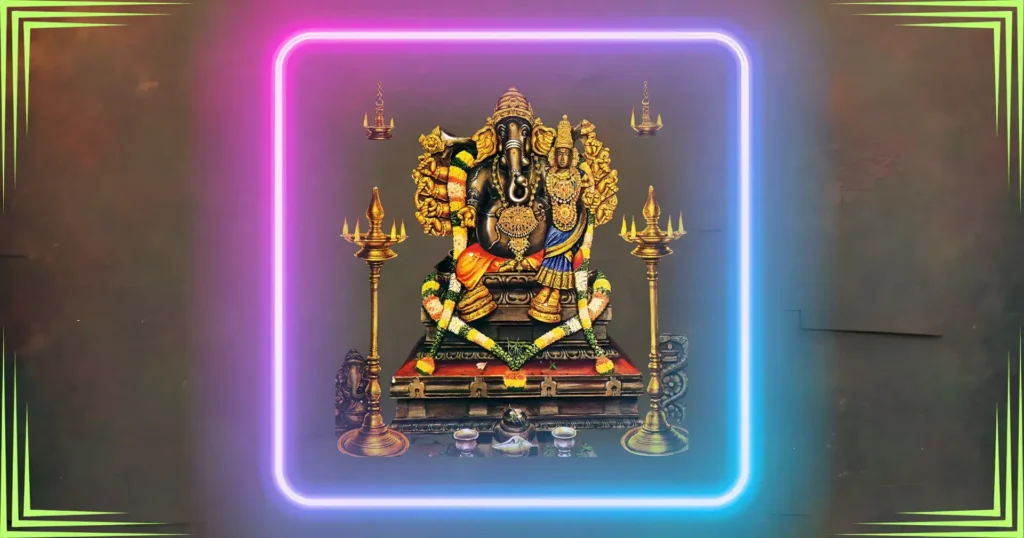Sri Ranganatha and Sri Rama: 7 Bhakti Lessons
Sri Ranganatha, worshipped by the Ikshvaku dynasty, was deeply connected to Lord Rama, who exemplified devotion by worshipping Himself as the deity. The transition of Sri Ranganatha to Srirangam highlights devotion, humility, and divine grace.












